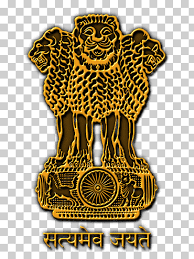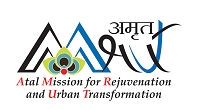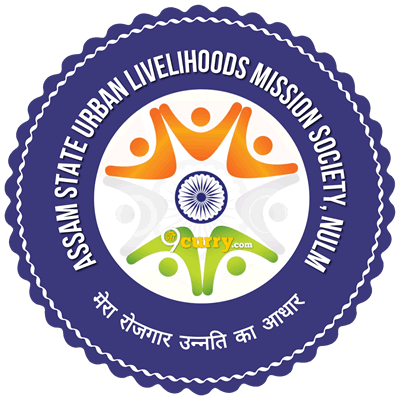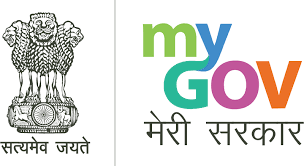About us
History of the ULB
The name Palashbari is composed of two words. Palash and Bari meaning garden of Palash trees. Some claim that it has been derived from Palash meaning manure and silt deposits at the locality when the mighty river Brahmaputra reaches in it’s high spurs. The village and towns of Palashbari circle were components of the Koch and Moghld territories prior to 1682 AD, when the latter was finally defeated by the Ahom at Itakhuli in Guwahati. During the declining period of the Ahmos the chief tains who belonged to Khasi and Garo communities of the surrounding principalities like Rani, Luki, Barduar, Bholagaon, Mairapara, Ghoramara and Pantar, who stood all along in favour of the Ahom, stood against the Ahom in their fight against te British. Anglo Assamese relations records that number of engagement between the two foreign powers viz. British and Burmese took place in the area and the Burmese were defeated in 1821 AD, and finally hedddle tret to Kaliabor. The port of Palashbari therefore once was known as Haraght to commemorate this incident. At the dawn of British rule the entire area was tagged with Guwahati revenue Circle and the responsibilities to maintain law order was with the Chamaria police station. During 15th-16th century AD Neo-Vaisnavite movement under the leadershiop of Srimanta Sankar Deva and Srimanta Madhab deva got fertile grown in this area and established a satra named Palasarguri (also known as Garoimari Satra), which was located 15 Km west to the present Palashbari township, Samaria satra and Malancha satra (now washed away by the Brahmaputra).The inhabitants of the region contributed a lot in the war of independence by taking part in disobedience movements lead by Chandra Prava Saikiani and congress volunteers. Leaders in the rank of Gopinath Bordoloi, Tarun Ran Phukan, Bishnu Prasad Rabha and other leaders came to the region frequently to hide themselves from the wrath of the administration of the whites.





